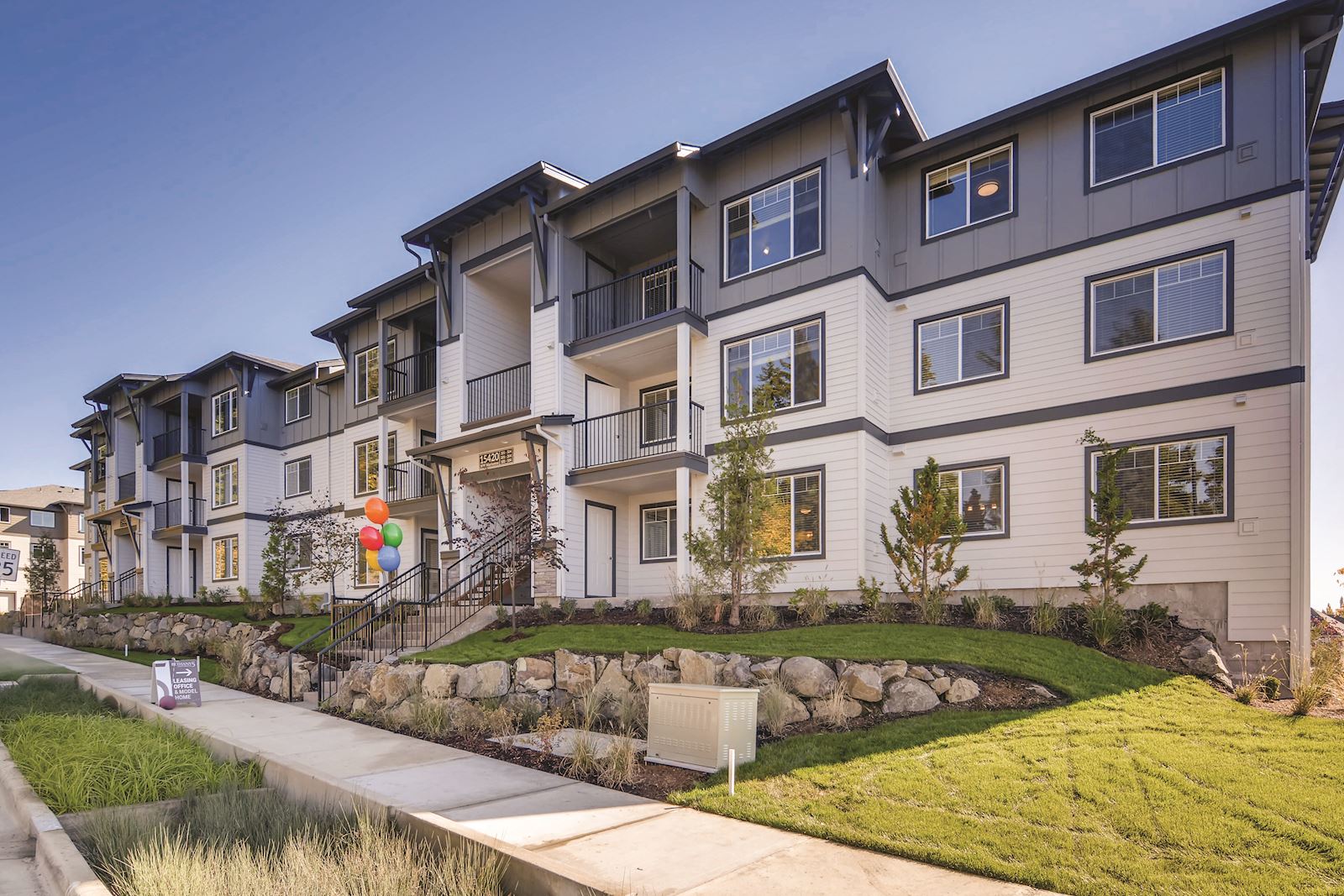Things, They Are A-changing: An Observation by AMF Capital
October 31, 2018
Authors: Steve Wiltshire, Principal, AMF Capital
Publishers: HFO Apartment Investor Newsletter
 As we approach the last quarter of a fascinating and active year in the commercial real estate industry, we are reflecting on things that have happened—and the things yet to come.
As we approach the last quarter of a fascinating and active year in the commercial real estate industry, we are reflecting on things that have happened—and the things yet to come.
2018 has seen vigorous multifamily investment activity. After several years of active trading, we are starting to see some challenges ahead.
Demand in the local market has been driven by several things. Today’s renters are flocking to the Pacific Northwest in search of robust job growth in the hi‐tech and creative business sectors. They are looking to enjoy the area and also for opportunities to foster new growth in emerging products.
The Years of Growth and Prosperity
Early in the recession, new construction and development were subdued, allowing rent growth to prosper for existing owners and values to increase. This pressure on supply and demand allowed apartment owners to capitalize on that growth. The ability to tap excess equity or to sell at increased values for reinvestment has been the norm for the primary and secondary markets—pushing prices to all‐time highs.
This abnormally long period of low-interest funding and low cap rates has been a good time for both buyers and sellers—whether selling at low cap rates (higher values) and increasing holdings via refinancing or acquiring new
assets and posturing for future rent growth.
Outstanding Debt Growth
According to one publication, the balance of commercial and multifamily mortgage debt grew faster during the first half of 2018 than any semiannual period since 2007. For the first time, outstanding multifamily debt topped $1.3 trillion. The largest share of debt—$631 billion—is held by agencies, GSE portfolios, and MBS. Things are about to change.
In Walks the Federal Reserve
All data points to stable economic patterns across the U.S. Job reports show signs of growth. Wages are moving
to more positive territory. Inflationary pressures are balanced. The result: the Federal Reserve delivered on its promise—higher interest rates.
The latest spike in yields tells us the markets are finally warming up to the Fed’s projected path. Markets are now beginning to believe that future hikes won’t invert the yield curve. As long as the markets don’t run away and overshoot with large spikes in yields or post a massive sell-off in equities, the Fed’s confidence in future rate hikes is expected to solidify. This December, all eyes will once again be on the Reserve Board in anticipation of
another hike. If trends continue, we can expect to have a couple more in 2019.
At the time I am writing this, we had seen 10-year Treasury rise at a rapid pace to 3.22% in a short time; in September, the 10-year was at 2.94%—up from 2.46% in January.
A New World
As the new world of rising rates is upon us, we are looking into the impact on commercial real estate lending.
Lenders recognize this movement in costs of funds and are passing it along to consumers. The interest rate hikes are resulting in more substantial down payment requirements for all buyers in the commercial real estate arena in step with the rate hikes.
With the increase in equity requirements, one would typically see a change in capitalization rates. Interestingly,
this has not yet been the case. With few exceptions, cap rates are still compressed—even as the costs of funds
have increased.
Cap Rates and Market Forces
There are two schools of thought when it comes to the relationship here. The typical relationship between these two forces has been correlated with a rise in interest rates: cap rates must also rise, leading to a decline in values. This has yet to occur in most markets.
The other is that cap rates are not necessarily driven by costs of money but rather the availability of capital in the marketplace, cash flow, confidence in the future markets, and the comparison of the investment to an alternative
investment vehicle. This is what we’re currently seeing. No matter what your thoughts are on these approaches, the jury is still out on what will occur in the future.
In assessing risk, today’s underwriting criteria is undoubtedly focusing on the normal correlation, looking to see more emphasis placed on the first scenario. There are concerns about values in the short term. Loan platforms are stressing cap rates at a higher number, allowing for a more conservative exit strategy. Look for a short-term increase in rates and equity requirements, but substantial value holds due to demand and cash in the marketplace.
Multifamily Remains Relatively Low Risk
 Strong property fundamentals and values, high costs of construction, coupled with relatively low mortgage rates and conservative loan guidelines still support and validate the low risk of commercial real estate investments. There are still affordable offsets in rates and programs that can available to these property types today.
Strong property fundamentals and values, high costs of construction, coupled with relatively low mortgage rates and conservative loan guidelines still support and validate the low risk of commercial real estate investments. There are still affordable offsets in rates and programs that can available to these property types today.
Steve Wiltshire is principal of AMF Capital. He can be reached by phone at (503) 659-3399 or by e-mail at steve@amfcapital.net. Learn more at www.amfcapital.net.